Tam Hung commune was formed based on the arrangement of the entire natural area and population size of the former communes of My Hung, Thanh Thuy, Thanh Van and Tam Hung. These are all communes that are quite strong in new rural construction and are implementing model new rural areas. After the new commune comes into operation, it will have a large land area and a lot of potential for agricultural development. The direction that Tam Hung chose is ecological agriculture to both create a green belt of the capital and be able to combine with experiential tourism in the future.
Mr. Bui Dinh Thai, Chairman of Tam Hung Commune People's Committee, shared that the locality will develop production in the direction of applying science and technology, changing the structure of crops and livestock based on the advantages of each region, not chasing output but quality and economic efficiency. In the application of science and technology, digital transformation plays a key role. Tam Hung is interested in investing in information technology infrastructure to serve e-government and economic and social activities of the people.
Not only focusing on economic development, Tam Hung also has to ensure the environment by raising awareness for officials and people in increasing the classification of household waste at the source. By educating not to burn straw after harvest but turning it into bio-fertilizer, into raw materials for a sustainable production chain to reduce emissions, improve air quality, towards building a green agriculture, sustainable development.
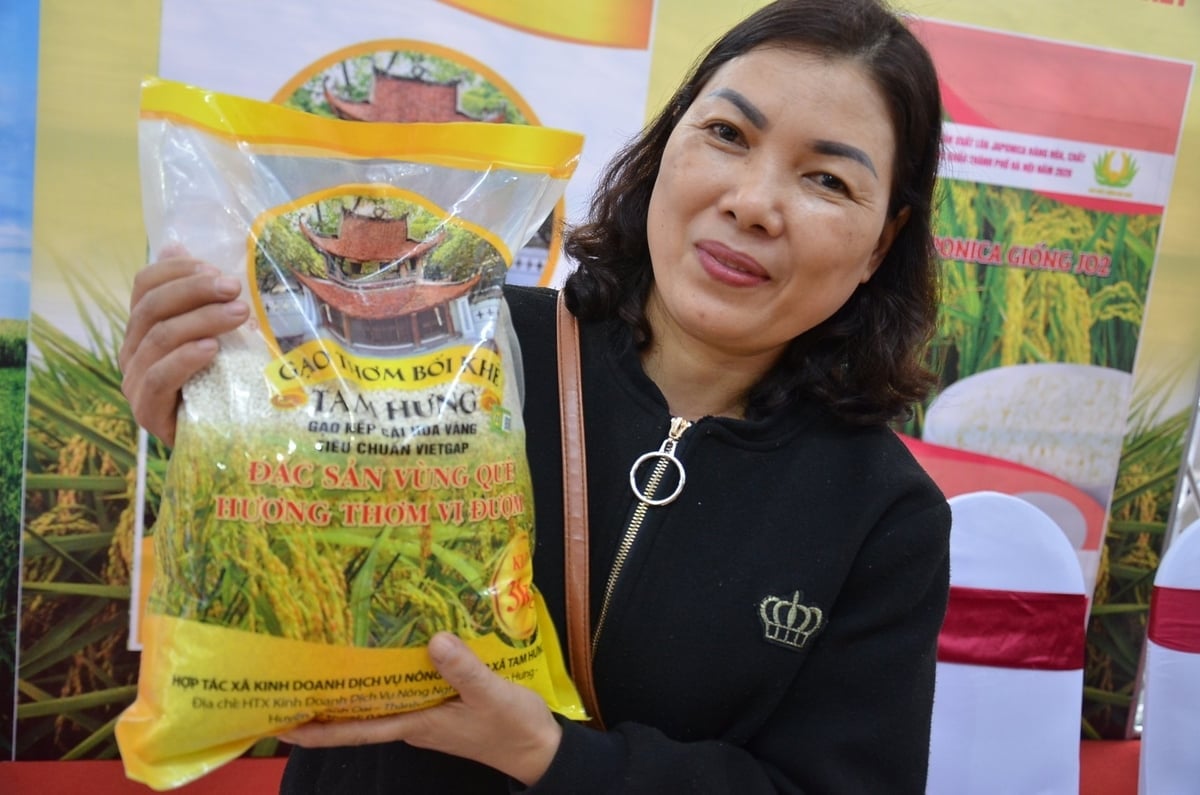
Boi Khe fragrant rice. Photo: Dinh Thanh Huyen.
Tam Hung's greatest strength is its vast rice fields that follow VietGAP standards or organic orientation. Tam Hung Agricultural Cooperative is a typical example with more than 700 hectares of rice, of which 80% are produced according to strict technical processes from seed selection, care to preliminary processing, processing and consumption. Established in 1958, the Cooperative has gone through many ups and downs of history, there were times when it seemed impossible to overcome them, but then it continued its journey of rice production. Rice is not only food but also represents the culture and the people here.
The story began in 2012 when the Cooperative was selected to participate in the high-quality rice production program of the Hanoi Department of Agriculture and Rural Development (now the Hanoi Department of Agriculture and Environment). In 2014, the Cooperative's fragrant Boi Khe rice product and Boi Khe high-quality rice growing area were recognized as collective trademarks by the Intellectual Property Office. The Cooperative was also a pioneer in bringing its brainchildren to participate in the Hanoi City OCOP program and was recognized as a 4-star OCOP product.
I was curious to ask myself why the rice varieties such as Bac Thom No. 7 and Nep Cai Hoa Vang, when grown in Boi Khe, have an indescribable aroma and rich flavor. Mr. Do Van Kien, Director of the Cooperative, said that for many years now, the members no longer arbitrarily farm on a small scale, but produce according to plans, sign contracts with businesses, and the Cooperative is the intermediary unit to connect and direct production to ensure a uniform variety and process. Thanks to that, the Cooperative can strictly control the quality as well as ensure the quantity according to the contract signed with the business, helping to increase the value of Bac Thom No. 7 rice and Nep Cai Hoa Vang of Tam Hung.

Rice production stages have been mechanized. Photo: Dinh Thanh Huyen.
In addition to the target customers being stores and supermarkets, the cooperative also directly sells and delivers goods to collective kitchens and kindergartens in the district and inner city districts, creating a good income for thousands of members, contributing to the construction of new rural areas. The production process there is strictly monitored with the support of scientists as well as agricultural officers from the selection of rice varieties, mostly purebred varieties, provided by reputable units such as the Central Seed Company, Thai Binh Seed Company, etc.
According to Mr. Kien, the unit is working on chain linkage, so each step and each stage must comply with the general process and be strictly controlled. Input materials such as fertilizers and pesticides are carefully selected by the cooperative, leaning towards organic and biological. Moreover, the cooperative also coordinates with agricultural officials to thoroughly train members on how to fertilize with the right dose, spray the right amount, and at the right time, ensuring food safety.
The secret to the difference of Boi Khe fragrant rice is the low-lying soil, containing many precious minerals and trace elements, plus the care according to a scientific process that helps the rice grains crystallize with many nutrients. The fragrant Bac 7 rice and golden sticky rice of Boi Khe when cooked into rice all have a fragrant smell and rich flavor. In addition, the professional packaging, labeling, and good product story have convinced the OCOP Scoring Council of Hanoi to evaluate and recognize it as meeting 4-star standards.
Regarding output, the Cooperative focuses on promoting Boi Khe fragrant rice products on the network platform and taking advantage of opportunities created by Hanoi city to participate in displaying products at many conferences, fairs and exhibitions. Thanks to that, the consumption stage is improved every year, the customer base is increasingly expanding. In addition to the target customers being clean food stores and supermarkets, the Cooperative also directly sells and delivers goods to collective kitchens, kindergartens in the area and inner-city wards.
Therefore, in the context of the rice market with erratic price fluctuations, the Cooperative has always maintained its market share and increased its value. The products of Bac Thom No. 7 rice and Boi Khe yellow sticky rice have gained a firm foothold in the hearts of customers, helping to ensure the livelihood of more than 1,000 Cooperative members.
This article is in collaboration with the Office of the Hanoi City New Rural Development Program Coordination.
Source: https://nongnghiepmoitruong.vn/ve-noi-co-11-san-pham-ocop-d783409.html















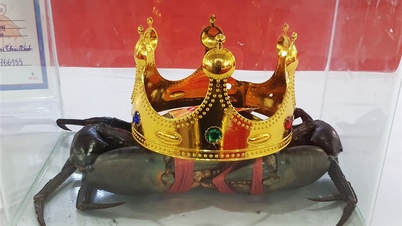


















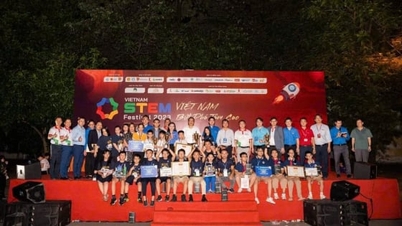


![Oil and Gas Industry - Clean Fuels for Green Transportation: [Part 1] Strategic Move](https://vphoto.vietnam.vn/thumb/402x226/vietnam/resource/IMAGE/2025/11/10/1762762305524_01-toan-cnh-d-an-kho-cng-lng-1-mmtpa-th-vi-ti-kho-cng-pv-gas-vung-tau-da-sn-sang-dua-vao-vn-hanh20250626094313-095857_365-150831.jpeg)
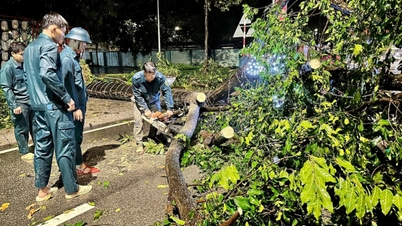







































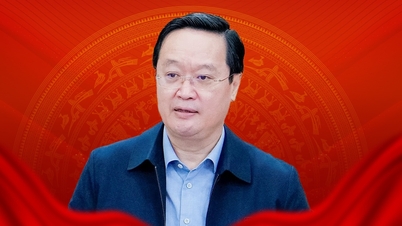


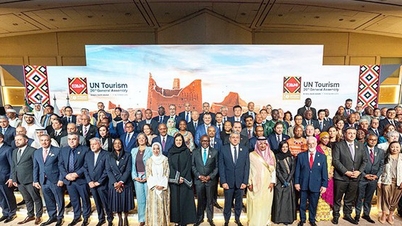









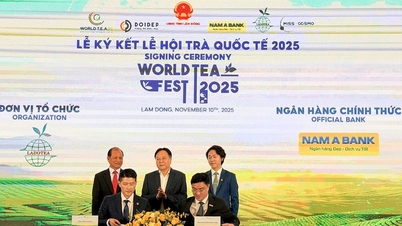



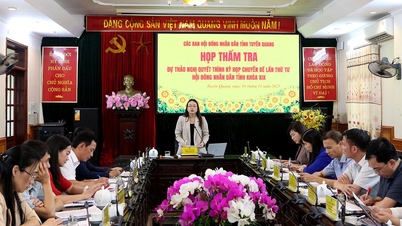

![Dong Nai OCOP transition: [Article 3] Linking tourism with OCOP product consumption](https://vphoto.vietnam.vn/thumb/402x226/vietnam/resource/IMAGE/2025/11/10/1762739199309_1324-2740-7_n-162543_981.jpeg)













Comment (0)